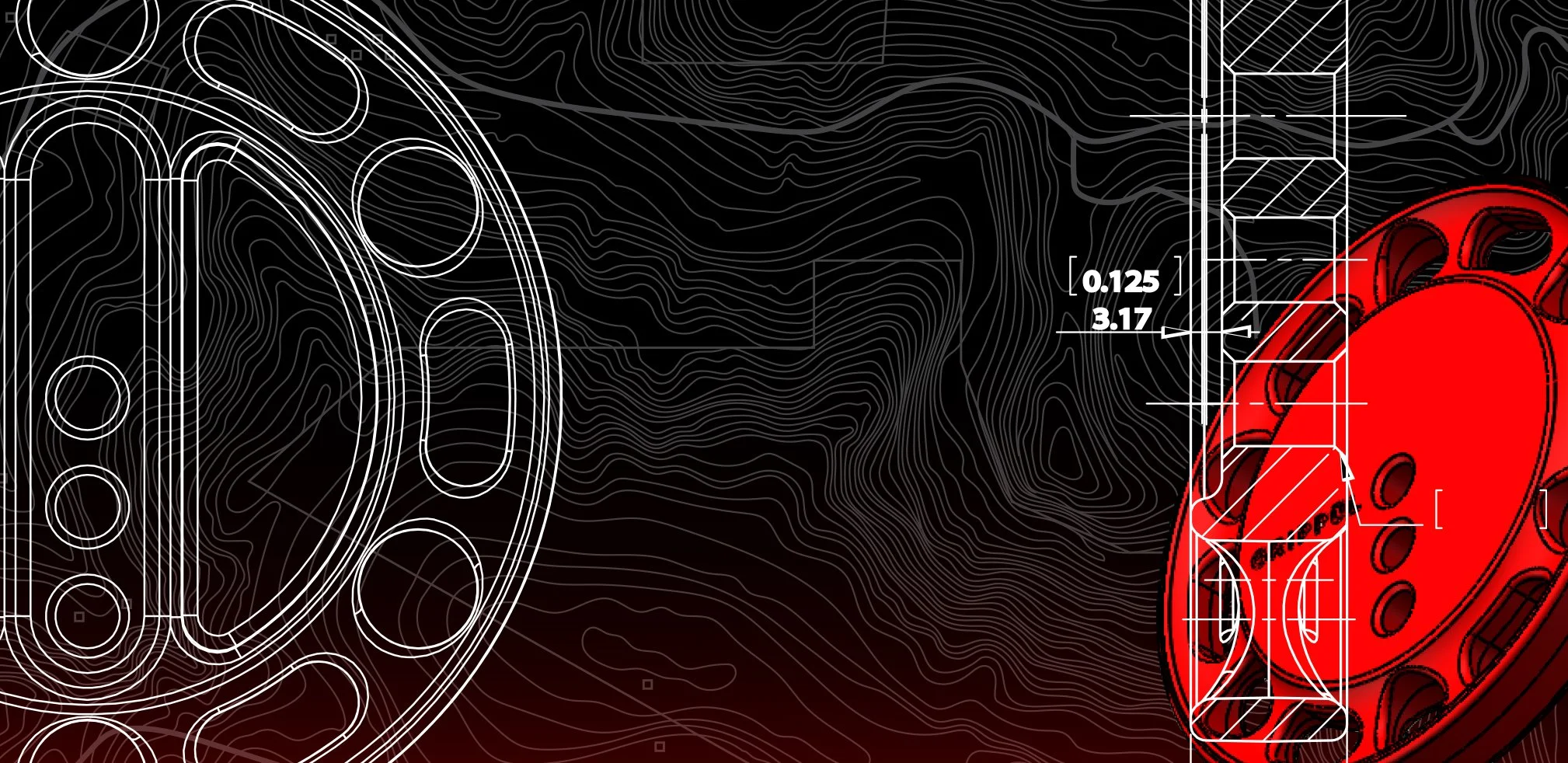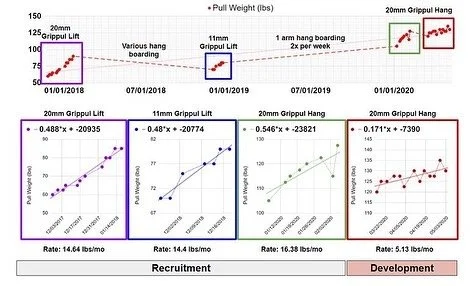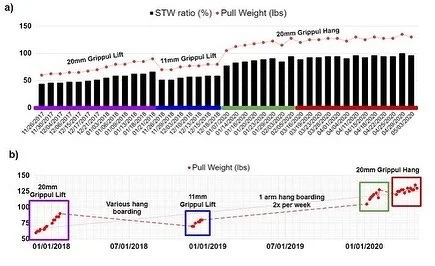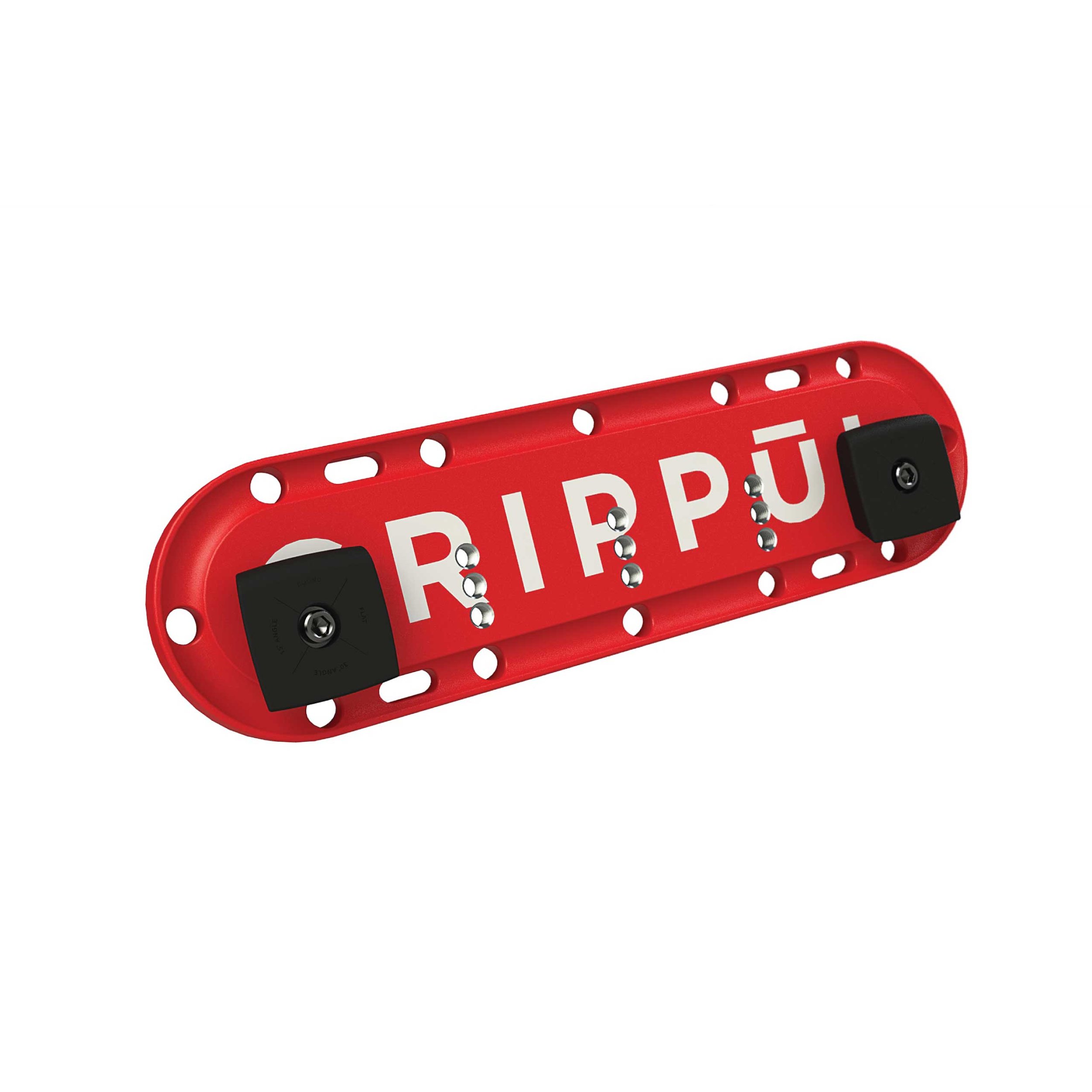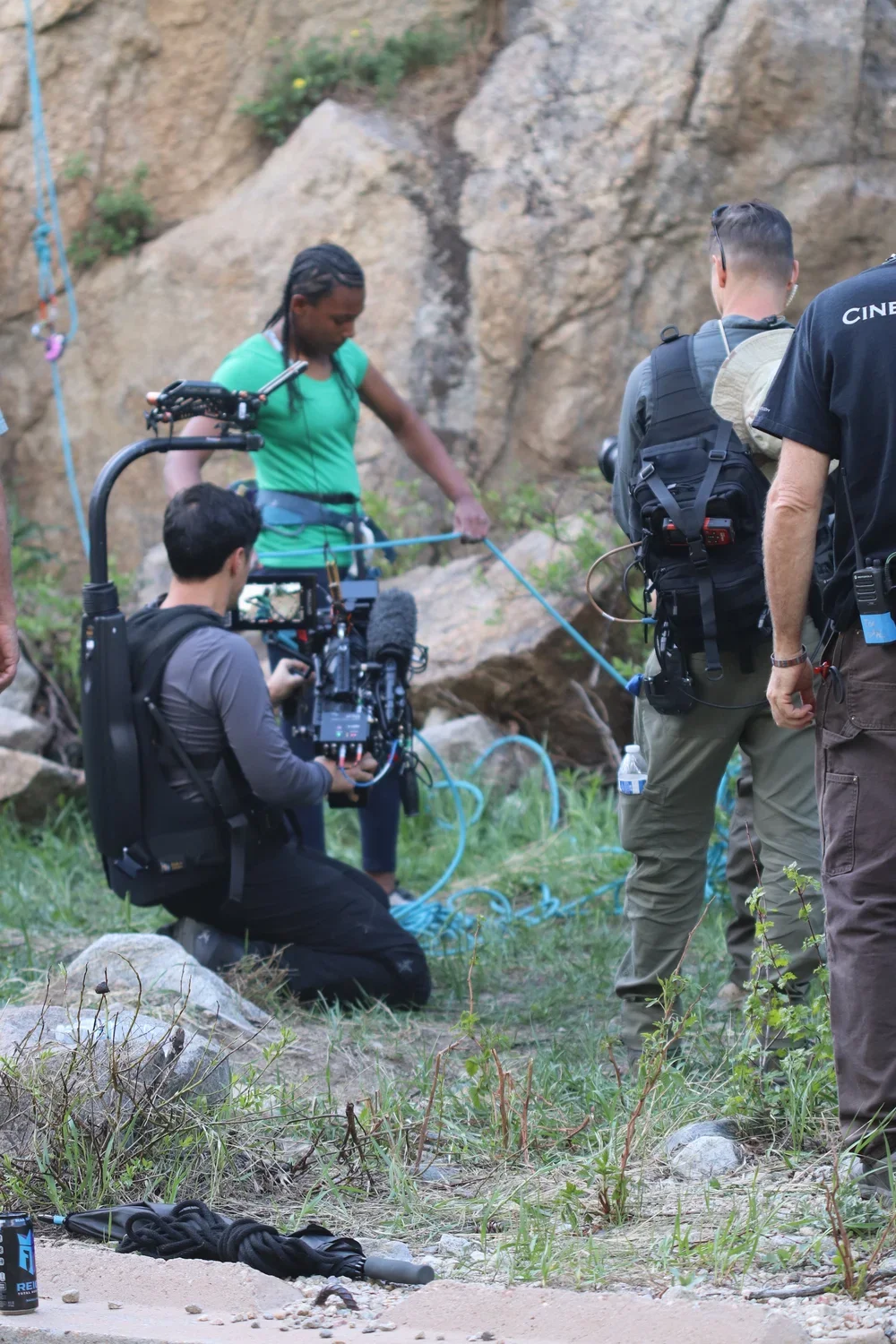Rate of Strength Increase — Segmenting Recruitment vs. Development
GRIPPŪL CASE STUDY
Jonathan Xumo began structured training with Beast Fingers in 2018, logging calibrated isometric pulls to capture finger strength progression over time. Starting at V7 outdoors, he advanced to V10 outdoors across a three-year span—averaging ~1.989 lbs/month of measurable gain on a 20mm Grippūl edge. These improvements reflect enhanced rate coding, synchronization of high-threshold motor units, and tissue adaptation in the FDP, FDS, and intrinsic stabilizers under isometric load.
The results transferred directly to real stone: The Occultist (V10) in Connecticut, two confirmed V9s outdoors, and ongoing progress on Krajo (V11) in the Gunks—each a testament to how precise, longitudinal loading translates beyond the gym.
Current Project
- Krajo (V11) – The Gunks
The first set of graphs visualizes pull-weight (in lbs) across various Grippūl configurations: 20mm and 11mm Grippūl Lifts, and 20mm Grippūl Hangs. The first three training cycles display steep positive slopes (14.64, 14.4, and 16.38 lbs/month), indicating what we interpret as the recruitment phase—a period characterized by heightened neural drive, inter- and intra-muscular coordination, and increased motor unit synchronization. These gains are common in early strength training and reflect rapid neural adaptation rather than hypertrophic or structural tissue changes.
Glossary of Terms
Deep finger flexor responsible for flexing the DIP joints—critical for maximal pulling and gripping strength.
Superficial flexor that assists in flexing the PIP joints—important for multi-joint grip integrity and stability.
The knuckle joint anchoring the fingers to the palm—crucial for distributing force and maintaining joint positioning under load.
A biological adaptation where tendons and soft tissues structurally reorganize to increase mechanical tolerance under load.
The subsequent block, which shows a marked reduction in the slope to 5.13 lbs/month, likely reflects a shift into the development phase—a slower but critical phase associated with tendon remodeling, collagen synthesis, and hypertrophy of involved musculature.
This would be the start of "tissue tolerance" work, where mechanical loading supports collagen cross-linking and gradual stiffness adaptation in the muscle-tendon unit.
Training Implication: Early-stage gains are largely a result of increased neuromuscular efficiency. True progress in max finger strength requires sustained loading at appropriate intensities, which leads to structural changes in connective tissues—a phase that requires more patience, lower weekly load volume, and high mechanical specificity. Adaptation depends on nervous system freshness and connective tissue remodeling. Use a 4-week progressive overload cycle to optimize collagen synthesis and force output. Week 1: 60% MVC, Week 2: 70%, Week 3: 80%, Week 4: deload back to 60%. After 4 weeks, retest MVC and recalculate intensities.The second data series tracks strength-to-weight ratio over an extended period. While the pull weight (red) shows variability, the STW (black bars) shows a consistent upward trend, even during blocks where Grippūl training was paused in favor of other hangboard methods.
This preservation of finger strength during non-specific periods points to one of the most important aspects of long-term training: load transfer. As long as intensity remains relatively high and grip specificity is preserved, previously gained finger strength can be maintained or even improved.
When the data is modeled continuously, we observe a steady increase of 1.989 lbs/month in strength-to-weight ratio. However, chronological plotting reveals distinct phases—periods of rapid improvement tied to motor learning and central nervous system drive, followed by slower, structural gains attributed to tissue remodeling. This differentiation between neural and tissue adaptation forms the foundation of our ongoing training model.
Our longitudinal data supports the hypothesis that mechanical tension and isometric overload are foundational drivers of both tissue retention and strength development. This aligns with findings from Kubo et al. (2001), which demonstrated that “isometric training increases muscle strength and the stiffness and Young’s modulus of tendon structures.” These structural adaptations were observed independent of hypertrophic muscle changes, highlighting that tendon-level remodeling occurs in response to consistent, high-tension loading rather than exercise diversity alone. When applied over time, these forces contribute not only to increased force production capacity, but also to durability and energy efficiency in movement—a critical factor in grip-intensive sports like climbing. Our field data reinforces this distinction, showing that strategic, load-focused training preserves and enhances neuromuscular output and connective tissue integrity over far longer timescales than traditional high-rep or varied programming might suggest.
Recruitment vs. Development Distilled
Recruitment Phase
High rate of neural adaptation, gains driven by increased CNS output, motor unit synchronization, and refined isometric tension strategies.
Development Phase
Lower rate of gain, emphasis shifts to load tolerance, tendon stiffness, and microstructural tissue remodeling through collagen synthesis and fibroblast activity.
Tendon Remodeling & Plateau Observation
Our longitudinal data show a sharp contrast in adaptation rate between training phases. During recruitment, 20mm and 11mm
Grippūl lifts yielded consistent force gains (~14.5 lbs/month). However, during isometric hangboarding with smaller edges, progress slowed dramatically (5.13 lbs/month).
This aligns with tendon remodeling literature: studies such as
Wang (2006),
Gelberman et al. (1983), and
Benjamin et al. (2008) show the FDP has reduced vascularity and slower collagen turnover—accumulating collagen type III under high strain, which delays transition to organized type I collagen.
This explains our observed plateaus: force rebound after small-edge training required ~30 days due to FDP’s slower remodeling capacity. In contrast, FDS-dominant work via larger edges allowed tighter overload cycles with fewer setbacks.


